|
Are classroom disruptions, kids not listening, friends bickering, and an unsettled environment driving you nuts? This was how I felt at the beginning of some school years until I made some changes to create harmony and a respectful, caring environment the norm. I remember one year, prior to school happening, we had a professional development day that caused me to rethink how I approached my class. During the keynote address, we were challenged with "Focus on what is going right in the world". We were encouraged to find what was positive and good and change our focus to that instead of letting the negative drive our day. That makes lots of sense, and it's probably something everyone wants to do, but the reality is, when negative things are happening around us, we can easily get derailed and begin focusing on that instead. I made a conscious effort that year to change my approach and it helped me to get through some very challenging years with surprising success. One thing I did was find ways for kids to save face after negative situations and give them opportunities to start fresh. I decided to work on ways to help kids remain in the classroom and not be sent out for misbehaviors. This was definitely challenging at times, and I admit, I wasn't always able to do so. I did have to maintain the safety of all my students, so there were times when I had no other choice. I started to focus on behaviors in the classroom that I wanted others to emulate. This was the start of my positive freckles. I had some small happy face stickers that I would put on the faces or hands of kids that I noticed doing things that I wanted others to do. It was fun to see how the kids reacted as they headed out to recess with freckles and how others in the class wanted to have the same. I also started handing out student tickets for work habits and other behaviors that I noticed during seat work time. These were collected in a container and at the end of each week I would draw names for prizes. (I collected small toys and trinkets for them to choose from.) I made sure that those who were struggling to behave positively were recognized as sometimes it is easy to overlook them for the ones who are always doing what is expected. It is important to make sure that they feel they have a chance or they will give up. The school started up a Gotcha program where tickets were handed out around the school for behaviors noticed by different staff members. Recognition was given to the students and some were rewarded with special treats at assemblies. This tied in nicely with the student tickets I was using in my classroom. There are several different variations of recognizing positive behaviors that have been used in classrooms. Another one that is quite popular is the warm fuzzy jar. This jar collects notes or objects and is used to acknowledge class behaviors and ultimately earn a class reward. The cool thing about this idea is the class can decide together what to work towards as a reward and the students can support each other so that they can earn the reward as a team. Sometimes there may be a student who requires more support to move in a positive direction. This will look different for each child, but ultimately, it will require a cheering section (classmates and teacher) and consistency. Giving attention for positive behaviors usually will help to overcome the need for getting attention by negative behaviors. It may take a long time and you may not see immediate results, but I believe that if we help kids develop positive self esteem they will behave more positively. Parents can also use some of these ideas to help with behaviors at home. Tensions rise as kids unwind after a long day at school and parents come home tired after a day at work. It is easy to have patience with other people, but it takes way more effort and patience to handle your own kids without frustration. Try using the warm fuzzy jar or some other type of recognition for positive behaviors and see how it goes. I set up these warm fuzzy jars for my grandchildren when they were feeling overwhelmed from moving to another city, getting ready to start a new school, and missing their friends and cousins. With all the stress and emotions, listening and being respectful and kind to each other was slipping and everyone was getting frustrated. Things calmed down quickly when they had something visual to focus on and tensions lessened. This didn't end some of the behaviors, but it did create more positive interactions and the negative behaviors were less frequent. In this case, each child decorated a jar and had colored pompoms to collect. A family jar was also created. When everyone was working together and the parents decided it merited a pompom they added one to this jar. The goal of reaching a certain number of pompoms for a special family treat was the incentive. Note: The other day I called them and they were excited to tell me they had more pompoms in their jars. They also helped with these pictures so you could see it in action. I encourage you to "focus on what is going right" and use whatever tools or ideas work for you to create harmony and a respectful, caring environment in your classroom or at home. Everyone will benefit from working together in a positive environment and this will enhance learning as well.
It's that time of year again. Summer break is ending for some and nearing the halfway mark for others. Teachers are starting to gear up again and think about the new school year. School supplies are everywhere, back to school ads are appearing on the television and the teacher brain is going into overdrive. As hard as it is, it's important to try and keep relaxing and recharging so that you don't burn out before the year even gets going. Does this sound like you?• can't turn off teacher brain • wondering how you are going to do assessments • not finding enough time for planning • juggling setting up routines while keeping kids engaged • differentiating for range of ability levels • trying to make lessons fresh and engaging So many questions and worriesHow can I go on when I am so exhausted? How will I manage to assess everyone while keeping others engaged? What if the range in my class is too wide? I've been there. It is exhausting and at times overwhelming. That's why I have collected some of the different resources and activities that have been successful with my students and I've created The Ultimate Primary Teachers Ready To Go Kit. These resources and activities can make the beginning of the year enjoyable and less stressful for both you and your students. Returning to school after summer break isn't always fun for kids. They've been free to do different things without the structure of the classroom routines. Now they have to fit into set schedules, rules, and routines of a new grade and a new teacher. Engage your students from the very first day with dynamic activities and icebreakers. This kit features interactive games, team-building exercises, and activities that foster a positive classroom community. With the colorful posters and educational activities, you can set up an inspiring learning space that encourages curiosity and exploration. This comprehensive kit is designed specifically for primary teachers. Packed with a wide range of resources and activities, this kit is your go-to solution for start-of-the-year preparation, emergency sub plans, and engaging substitute teacher activities. From day one to those unexpected absences, it's got you covered! Check out what it includesClassroom management resources and ice breakers and some active games Posters and task cards as well as ice breaker tools and active games that will help you with your classroom routines and management to create a positive classroom environment. Back To School resources full of activities for the first weeks back These resources will give your students many different activities to do while you are trying to do assessments or trying to get to know your kids. Literacy activities for reading, writing, language development Reading for evidence, working with vocabulary and sounds, task cards for parts of speech and idioms, writing prompts are just a few of the activities here. Math review for basic operations, graphing, and measurement Basic math operations review, working with glyphs, and measurement games to get kids ready for more skills as they move on to more abstract concepts. Science posters, graphic organizers, and experiments to get the year started off right Positive self esteem activities and resources to create positive mindsets Get ready to kick off the school year with confidence and ease and ensure a successful academic year for both you and your students. Get The Ultimate Primary Teachers Ready To Go Kit today and experience the peace of mind that comes with being well-prepared! Not sure if you need the full kit? There are individual kits available as well. There is even a sampler kit for those who want to try just a few of the activities from each area. Check out my TPT store to find out more about the individual kits. If you are ready for a less stressful start to the year grab your ultimate kit now.
Story books have a special way of capturing our children's imaginations and teaching them important life lessons. They can help our kids understand and care about other people's feelings, appreciate diversity, and feel good about themselves. In fact, story books can be powerful tools for helping children develop empathy, learn acceptance, and build confidence. Special Story Books For Developing Empathy, Acceptance, and Self ConfidenceOne of the great things about story books is how they make us feel. When children read stories, they connect with the characters and start to understand their own emotions better. This connection helps them show kindness and understanding towards others. Here are some of my collection that I used every year to help build a positive classroom environment. Each of these books tackles important themes such as self-acceptance, embracing individuality, standing up against bullying, and navigating cultural differences. They provide opportunities for discussions about empathy, understanding, and inclusivity, encouraging children to appreciate diversity and embrace their own unique qualities. Books About Anxiety And Self AcceptanceIn "A Bad Case of Stripes" by David Shannon., Camilla Cream loves lima beans but she is afraid of what others will think. She develops a strange case of stripes that changes with her emotions. Through this colorful and imaginative tale, the book addresses themes of self-acceptance, embracing one's true identity, and overcoming the fear of judgment. In "Woolbur" by Leslie Helakoski, Woolbur, a free-spirited sheep dares to be different. Woolbur's unique personality and refusal to conform to the flock's expectations inspire children to embrace their creativity, think independently, and celebrate their own quirks. The book encourages kids to express themselves authentically and embrace their individuality. In "Wemberly Worried" by Kevin Henkes, Wemberly worries about everything. This is a heartwarming and reassuring story that teaches children important lessons about managing their worries and finding comfort in relationships with others. Books About Problem Solving And Considering Other PerspectivesStory books also provide opportunities for problem-solving. Through the characters' challenges and dilemmas, children learn to think critically, consider different perspectives, and make choices that consider others' feelings. Howard B. Wigglebottom is a beloved character in a series of children's books by Howard Binkow. Howard is a young rabbit who encounters various situations and learns important life lessons throughout the series. Here are some of the lessons that Howard B. Wigglebottom has learned: In "Howard B. Wigglebottom Learns to Listen," Howard discovers the value of active listening. He realizes that listening attentively to others is essential for understanding, learning, and building positive relationships. In "Howard B. Wigglebottom Listens to His Heart", Howard learns about the importance of trusting his instincts and listening to his inner voice. Through relatable situations, Howard discovers the value of following his passions, making choices based on what feels right, and being true to himself. In "Howard B. Wigglebottom and the Power of Giving", joy and fulfillment that comes from giving and helping others is emphasized. Howard discovers the positive impact of acts of kindness, sharing, and generosity, teaching children the value of empathy and making a difference in the lives of others. These stories featuring Howard B. Wigglebottom are designed to engage young readers and provide them with valuable life lessons in an accessible and relatable manner. The character's experiences and growth inspire children to develop important social and emotional skills, promoting positive behaviors, empathy, and good character. Bucket Filling BooksHere are several different books that focus on bucket filling. Bucket filling is a concept that promotes kindness, empathy, and positive behavior. The idea behind bucket filling is that everyone has an invisible bucket that represents their emotional well-being. When we engage in acts of kindness, empathy, and encouragement, we "fill" someone's bucket, including our own, and promote a positive and caring environment. Conversely, negative actions, such as unkind words or bullying, can "dip" into someone's bucket and diminish their emotional well-being. Dealing With Teasing And BullyingStory books create a safe and imaginative space for children to explore complex emotions and social situations. They provide a platform for conversations in the classroom, where children can share their thoughts and learn from others' perspectives. "Oliver Button Is a Sissy" by Tomie dePaola, tells the story of Oliver Button, a boy who faces teasing and criticism because he enjoys activities traditionally associated with girls, such as dancing. Oliver finds strength and self-acceptance in pursuing his passion despite societal expectations, teaching children the importance of being true to oneself and embracing individuality. "The Recess Queen" by Alexis O'Neill, tackles the issue of bullying in a relatable and engaging way. It follows the story of Mean Jean, the recess queen, who dominates the playground with her intimidating behavior. When a new girl named Katie Sue arrives, she challenges Mean Jean's reign by extending kindness and friendship. The book promotes inclusivity, empathy, and the power of friendship. Books About Self WorthBy using story books in the classroom, we can engage children in meaningful ways. We can teach them to understand and care about others, accept and appreciate differences, and develop a positive sense of self. These Max Lucado books for kids are known for their engaging storytelling, vibrant illustrations, and uplifting messages. They aim to inspire children with the principles of faith, love, acceptance, and self-worth, while also fostering their spiritual growth and understanding. The books provide an opportunity for parents, caregivers, and educators to share valuable life lessons with children in an accessible and enjoyable way. Overcoming Obstacles And Cultural DiversityStory books inspire children to believe in themselves and overcome challenges. Characters who face obstacles show kids that they too have inner strength and can navigate life's ups and downs. "Angel Child Dragon Child" by Michele Maria Surat, tells the story of a young Vietnamese girl named Ut who moves to the United States and faces challenges as she adapts to a new culture and language. The book highlights Ut's resilience, the importance of family support, and the strength found in embracing one's cultural heritage while navigating new experiences. "The Name Jar" by Yangsook Cho, explores themes of identity, cultural diversity, and acceptance. It follows a young Korean girl, Unhei, who moves to the United States and contemplates changing her name to fit in. Through Unhei's journey, the book teaches children the value of embracing their heritage and appreciating the differences in others. Story books give children a chance to think about their own experiences and emotions. By reflecting on these stories, children become more aware of their own feelings, strengths, and worth. They feature characters who exhibit positive behaviors like kindness and resilience. These characters become role models for children, teaching them valuable lessons and helping them feel good about themselves. In "7 Habits For Happy Kids" by Sean Covey, children are introduced to seven essential habits that can help them develop a positive mindset, build healthy relationships, and make responsible choices. It teaches kids about setting goals, prioritizing tasks, and taking personal responsibility. The book empowers children to become proactive, confident, and happy individuals. These are just a few of many books out there that help develop a nurturing environment that fosters empathy, acceptance, and sef-esteem in children. By choosing meaningful stories, having open discussions, and encouraging empathy and self-reflection, we can help children grow into kind and confident individuals. Here is a template that will help children to share their feelings and connections to the stories that they read. Get a free copy by signing up to my newsletter. Let's continue to embrace the power of story books. Each story we read plants seeds of kindness and acceptance in our children's hearts. Together, we can nurture a generation of empathetic and accepting individuals who celebrate diversity and believe in themselves. Related PostsIt's one of our most awaited times of the year! Or is it? Spring is in the air and Spring Break is almost here. For many people, the holidays are full of laughter, fun, and gathering together, but for others it can be very difficult. School is a safety net that will be taken away for a couple of weeks. Some families are struggling with critical illnesses and loss. We need to remember to be mindful of these situations as we say goodbye to our students for the break or when it is time to greet them again after the break. When classes return after the break, some kids will feel uncomfortable sharing their holiday experiences. They may need to have time to reflect and adjust again to their safety net and the people they can trust. It is important to build in opportunities for this to happen. Instead of having big group sharing about the holidays, maybe there could be different activities that would allow for individual sharing and reflecting as well as perhaps some special stories or anecdotes that will help the students to feel acknowledged and heard. Each of us has a different approach for how we connect with our kids. That's what makes it genuine. Just tap into what works for you and find the balance between sharing happy moments and being there for those who are struggling. Good mental health is so important, especially following a couple of years of pandemic restrictions and stresses. Kids need to feel that they matter and that they are loved. We need to make sure that mindfulness and SEL activities are part of everyday teaching to help our kids get through all the difficult times they may experience both physically and emotionally. I am glad that SEL has been added to our teaching and that mental health is now considered an important part of a child's welfare and education. It hurts my heart to see so many young people struggling emotionally. We need to help them realize how special and important they are. Thank you for all that you do in the classroom everyday to help this become a reality.
Misunderstandings can create anger, frustration, upset, arguing and even physical outbursts or fighting. It is important to find ways to solve these misunderstandings before they escalate.
Teaching SEL (social and emotional learning) to young children is an important element of fostering a safe, caring classroom environment. One essential SEL strategy for the classroom is teaching kids how to solve disagreements. Solving disagreements
There are several problem solving strategies that can be used to help with disagreements. Five key ways of doing this include active listening, looking for win-win solutions, thinking with empathy, brainstorming possible solutions together, and using “I” statements when talking about problems and feelings.
Using "I" Statements
Often when accusations are used, emotions escalate and more conflict is possible. Using "I" statements helps take the sting away from making it sound like someone has done something wrong, shares what the speaker feels and how it personally affects them and allows for a positive conversation and resolution. When 'I' statements are used, children learn how to communicate responsibly, both listening to others and expressing their own emotions, when it comes to solving disagreements.
It's important to teach how to use "I" statements and explain how they can help with problem solving. How to use "I" statements
Teaching how to use "I" statements effectively and the importance of using them can be done in a variety of ways, but one of the best is by role play and story telling followed by discussion. This is a chance for them to see how using "I" statements leads to understanding instead of accusations and more conflict.
Framing the "I" statement needs to be taught as well. Kids need to be able to share how they are feeling and why without blaming. This is a skill that will need some practice. The automatic reaction is to accuse when an incident occurs. For example, instead of saying "You did something wrong" they could use "I felt upset when ______ happened". This teaches kids to become aware of their own emotions, as well as the emotions of others, when communicating about problems and feelings.
There are several techniques that can be used, including sharing stories or doing role playing activities, for finding resolutions to disagreements. This helps to keep the conversation honest while making sure each student understands they have been heard and respected. SEL can give kids the ability to respectfully listen and process emotions, whether their own or someone else's, which is essential for solving disagreements out in the real world.
Active listening and thinking with empathy
Active listening is another important part of using "I" statements. Listening to what the speaker has to say in these "I" statements gives other people involved in the situation an idea of how the speaker feels and it brings greater understanding which helps with solutions. It also encourages responsibility for the speaker to share his own thoughts and feelings.
When kids listen actively, they can better understand and empathize with others. This will help them to see how their actions may have affected others. This will help them to be open to working through the situation and brainstorming to find a compromise or solution that will work for everyone. It also helps indicate that it's possible for everyone involved in a disagreement to get what they need without anyone feeling worse in the end.
When you teach children these strategies for problem-solving – active listening, looking for win-win solutions, thinking with empathy, brainstorming possible solutions together, and using “I” statements when talking about problems and feelings– they gain vital tools they will carry with them through all facets of their lives, from making friends on the playground to working collaboratively in their future careers.
Related Posts
Personal space, active listening, working with others, sharing, taking turns, making friends, being kind and so on. When it comes to teaching kids social skills and Social and Emotional Learning (SEL) lessons, it is hard to know where to start. There are so many different skills to teach.
What is SEL and why is it important?
SEL (Social and Emotional Learning) is about getting kids to feel safe in their own skin and make sure they are taking care of themselves emotionally, too. It’s also about teaching them the importance of personal space, active listening, sharing, working with others and taking turns, just to mention a few things.
SEL is an important way to help young children develop important skills and live happy, healthy lives. Teaching SEL skills sets the foundation for understanding social norms. What does SEL look like in practice?
SEL in practice can look different in various classrooms, but here are some examples:
- kids are taking turns nicely when they are playing together - kids are demonstrating empathy when they see someone is sad - kids are sitting comfortably apart from one another during group time - kids are actively listening when talking with someone by responding and reflecting back what they said - kids are collaborating with others - kids are sharing experiences and materials How do we teach SEL?
Learning SEL skills such as personal space, active listening, working with others, sharing and taking turns can be challenging for young children. With thoughtful instruction using engaging stories or examples of what it looks like and feels like, teachers can help show young learners how to interact with respect and kindness.
It's important to explain what these concepts look like and feel like for young children so that they can understand the expectations. For example, when showing them what active listening looks like, generally focus on three main ideas: making eye contact, nodding and smiling during conversation, and paraphrasing back what was heard. Through role play, you can show children the proper distance they should keep when talking with friends and how standing closer than this would make the other person feel uncomfortable. Young learners often thrive from collaboration when paired up with a partner for pair-share activities that help build communication skills like sharing ideas and taking turns talking. What if SEL doesn't seem to be working?
Sometimes SEL doesn't always work out as expected or desired. There can be a variety of scenarios that need more guidance and redirection. For example:
- one student doesn't follow directions - a child is having a difficult day - there's too much squabbling over toys or hogging the game board - two children are arguing or have different ideas about how to process a task together - two students are struggling over a shared toy or not cooperating together When SEL isn't working among the kids in your classroom, it's important to remain positive and offer some guidance. For example, reinforcing positive behavior when SEL techniques are used successfully or explaining concepts again until everyone understands. Simple redirection tactics such as calmly asking questions can also be a great way to guide playful conversations towards more positive behaviours. It is important to refocus the energy into talking about possible solutions. Encouraging discussion around topics such as what each person wants, why respectful boundaries are important, coming up with compromises, or enabling imagination through hypothetical situations can help teach children these essential SEL skills in a safe and caring environment. It can also be helpful to check in with each student individually and work towards understanding what their needs are - if they need more tools like visuals or if they already know the skills but need encouragement or support in using those tools consistently.
Through thoughtful guidance and clear examples of what these concepts look like and feel like in a practical setting, it is possible to foster an environment in which SEL becomes an integrated part of the day-to-day experience. Whether it be helping a child understand how being mindful of personal space boundaries feels safer for all or developing communication strategies so everyone has the opportunity to share their ideas and take turns without conflict, effective SEL can lay the foundation for productive learning environments. It's not always easy but we certainly can make SEL work for us.
It's all about making SEL fun while still emphasizing its life-long importance! It takes consistent practice and patience, but SEL makes all the difference when building positive relationships in our classrooms!
With SEL activities embedded in the routine, young kids can develop invaluable skills for interpersonal relationships throughout their lives. Ultimately SEL helps foster a sense of community, respect for others, and self-confidence within a classroom setting.
This is a social story for young kids that helps explain several positive behaviors. Sign up for my newsletter and get a free copy of this positive behaviors social story now.
For free resources, tips, and ideas, sign up for my newsletter.
Related PostsFeeling anxious, overwhelmed or out of control can be a common experience for many kids at school. To move beyond simply managing anxiety, it is critical to equip our students with coping skills, such as calming strategies that work in the classroom. The increase in anxiety and poor mental health with children has caused us to relook at how we can develop positive self esteem and skills to regulate emotions and behaviors. Social Emotional Learning (SEL) has become a focus in many classrooms recently as a means to provide skills for kids to improve mental health and emotional well-being. As teachers, we must take it upon ourselves to provide calming strategies so that our students can find their inner peace again. Luckily there are SEL strategies that teachers can implement in their classrooms to help students develop lifelong tools for managing stress, regulating emotions, and leading a balanced life. Learning about self-regulation and calming techniques is only a small part of SEL. There are many other aspects to discuss as well, but these will need to be further explored in a later post. Today I would like to focus on helping kids to deal with their emotions by using self-regulation strategies. There are many different calming strategies that can be used, but not all of them work for every child. If we teach a variety of different strategies, each child will have several techniques that they can try. In time, they will know what works well and what doesn't and they will be able to create their own toolkit of strategies. There are many different ways to help a child calm down when he is upset, anxious, or otherwise unregulated, but in order to help him long term, it is important to actually teach him strategies rather than just grab one for him to try in reaction to the unregulated behavior. Every child is unique, so there isn't a one size fits all answer. It is important to explore several different options and find out which ones work best for each person. Here are some examples of calming strategies that might work. Whole Class ActivitiesOne effective way to help kids with regulating and focusing, is to add calming and mindfulness activities into the school day. For example, starting out with a mindfulness circle in the morning and doing some deep breathing and stretching could help prepare everyone for the work ahead. Visualization and focusing on a peaceful or happy place can also work wonders to help alleviate feelings of stress and worry. Taking breaks for stretching and movement are important throughout the day. Body breaks and brain breaks allow kids to de-stress for a short time and prepare their minds for more work. Just like we need to take breaks throughout the day from working, so do kids. Individual calming strategiesSet up a calming corner in an area of the classroom where kids can go when they need a quiet space by themselves to regroup and self-regulate. You might have a few different things in there to help with the refocusing. Maybe you could add some pillows, blankets, stuffed animals, glitter jars, fidgets, books, or other small items that may be comforting. Have an area where music is available with headphones and a comfortable place to sit. Music is often very soothing and can help with relaxing and calming the spirit. Drawing and coloring also work well. Movement is sometimes necessary in order to self-regulate when upset. Try jumping jacks, skipping, going for a walk, delivering a message to another room, or even just pushing against a wall as ways to use physical activities to release the anxiety or upset feelings. Breathing exercises or counting also help for some people. The goal is not only to reduce anxiety during times of distress, but also to enable our students to become familiar with calming strategies they can apply outside of the classroom. When it comes to SEL, teachers have a toolbox full of calming strategies to choose from - so don't hesitate to use them and help kids develop their own toolboxes! Here are some posters that might be helpful for your students. They are available for free for my newsletter subscribers. Click here to get your copy. If you are already a subscriber, you can find them on my Followers Free Resources page. I hope these tips help with dealing with some of the anxiety that is prevalent in our schools today. Next time I will focus on another aspect of SEL. Related PostsSocial Emotional LearningAs any teacher knows, dealing with kids can be a bit like herding cats. They're often full of energy, easily distracted, and prone to outbursts of emotion. But while dealing with chaotic classrooms may be exhausting, it's also important to remember that behind all the noise and mayhem are real kids with real feelings. That's why it's so important to incorporate social and emotional learning (SEL) into our teaching. By teaching our kids tools and strategies for regulating their emotions, we can help them to develop good mental health habits that will last a lifetime. Look for ways to support your students' mental health. When they're feeling good, they're able to learn and be successful in school. That's why social emotional learning (SEL) should be part of your classroom management plan. SEL is all about teaching kids the skills they need to regulate their emotions and avoid meltdowns and anxiety attacks. SEL ToolkitThere are many different tools that can be used for SEL. Here are a few that may be suitable for your SEL toolkit. Drawing: When students start to feel overwhelmed, encourage them to take out a piece of paper and start drawing. It doesn't matter what they draw, as long as it's something that makes them feel calm and relaxed. Headphones: Have headphones available to help kids focus. These can block out distracting noise and help them concentrate. Music: Sometimes all it takes is a little bit of music to help kids refocus and get back on track. Sensory Activities: Squeezing and releasing fists or tapping on the body can help kids release tension and calm down. Pushing against a wall can also sometimes help. Deep breathing: This is a simple, but effective strategy that can help kids relax and avoid an anxious state. Reading: Getting into a good book can sometimes redirect attention. Quiet spot: A spot without distractions allows kids to just settle and calm down. Splashing water on face: This could also snap a person out of an anxious state. Taking a walk: Going for a quick walk or maybe delivering a message to another classroom or the office can often redirect and calm a person down. Counting: Focusing on counting may help to calm panic feelings. Sitting on a wiggle cushion or a ball: This may help with sensory movement and allow focusing. **** Check below to get a free copy of calming strategies posters for your classroom. **** One way to support social emotional learning is to provide these tools and strategies for kid's mental health. We can teach them how to identify and label their feelings, how to understand and cope with big emotions, and how to develop positive relationships. Additionally, we can provide opportunities for them to practice these skills through social-emotional learning activities and games. By supporting social emotional learning, we can help our kids to develop the skills they need to lead happy and fulfilling lives. We need to be patient, kind, understanding, and present with our kids. They deserve our time and attention. When we give them that, we're helping to build a foundation of trust and love that will last a lifetime. Ultimately, every child is different and will respond to different tools and strategies. The important thing is to have a variety of options available so that you can find what works best for each individual child. By incorporating SEL into our teaching, we can help our kids to develop the skills they need to thrive both inside and outside the classroom. Calming Strategies PostersHere are some posters that might be helpful for your students. They are available for free for my newsletter subscribers. Click here to get your copy. With a toolkit of SEL strategies available, you will no longer wonder how to deal with a chaotic classroom.There may still be times when mayhem happens, but kids will have the necessary tools to manage their emotions and classroom control will be attainable. Related PostsThe Power Of Self EsteemPositive self esteem and a positive attitude is very important for success in life. I believe it can be a game changer for kids if they learn to value their self worth and uniqueness. Kids that struggle with their own worthiness, find it hard to care about others. Helping them feel good about themselves will build self confidence and set the tone for a more successful year. Lessons From Tigger And EeyoreAttitude has the power to change the way the day goes. Just look at Tigger and Eeyore. Although Eeyore is a lovable character, he see everything through dark clouds. It takes his friends to encourage him to try things out and find good in his world. Tigger is very happy go lucky and almost too bouncy and positive at times for his friends, but he sees the fun and excitement in everything and wants them to see it too. Imagine how it must feel for children to always see themselves as an Eeyore. “I can’t do anything right, I might as well not try because I am going to mess up. I’ve misplaced my tail again!” This won’t give them much incentive to try to do things or even imagine that life could work out well. “Tigger” children are game to try anything and don’t worry about the outcome. Excitement and fun is the focus Because of this, they keep going and trying even when it doesn’t work out the first time. We don’t have to be bouncing off the walls to have a positive outlook on the world, but it's important to see joy and not just negatives. Optimism lesson suggestionsDo a lesson on optimism and pessimism using the example of Tigger and Eeyore. Expand it to share a couple of scenarios with kids in different situations that show how a positive or negative attitude affects the outcome of the situations. Discuss ways to change the situations. Example 1: At the beach: One boy wants to swim to the dock. He talks about diving off the edge, playing water tag, doing flips and having fun. The other complains, "The water is too cold, I can't swim very well, it's too far, I'd rather stay on the beach and watch." Example 2: The teacher introduces a new game. Sally is excited and ready to play. She gathers all the necessary equipment and asks her friend Nancy to join her. Nancy is hesitant. She worries that she won't be any good at it. She can't remember all the rules. She creates roadblocks that prevent her from trying. Add in more activities and lessons about self worth, self confidence, and power words. This can make a huge difference to how students respond to each other and situations that arise in the classroom. The sooner we can help kids to see that they are unique and special, the sooner they will strive to be the best they can be. Their goal should be to improve themselves and not try to be someone else. A positive attitude is key. One of the sayings in my class was “Attitudes are contagious. Is yours worth catching?” This was a reminder for both the kids and myself that we need to check our attitudes and see if they are helping us to be successful. In a world where we are surrounded by negative, a positive attitude is even more necessary. It is our job as teachers, to help kids see that they are valued and important and that they have much contribute to the world around them. We also need to help them develop good team skills and support them if they slip up. If we provide them with the tools to be good team players they will soar in a competitive world, pick themselves up when they fall, dust themselves off, and continue on. They will accept the minor setbacks are part of growing, not failures and they will be able to move forward. Some Activities And ResourcesSuccess and Power words Bucket filling activities Acts of Kindness Optimist or Pessimist Task Cards I Am posters Name Acrostics Last time, I wrote about a strong classroom management plan. If you add a self esteem component to your plan, you will have a positive classroom environment and a more successful year. Remember attitude is everything. Focus on what is going right and build a caring and respectful class community with these two things. You've got this! Positive Classroom Management Strategies and Self Esteem Go Hand In Hand I would like to give a free set of the smiles/frown edition to any of my email subscribers. Related PostsIt Is Time To Take A BreakSpring Break has arrived for many people. In fact, some districts are returning to school soon. I hope that you have been able to take some time to relax and re-energize. It is so important to take care of yourself. This has been a stressful couple of years and now that we can start doing things again, hopefully you will be able to take time to enjoy spending time with family and friends. Many of you have finished your report cards and conferences and can now move on to the next term. Others will be preparing for assessments. Use the time off to take a mental break so you will be refreshed and ready to handle the testing and reporting ahead. If you are getting ready to start new projects or assignments, the temptation is to do some of the work while on vacation. Although this seems like a good idea, in some cases it can have a negative effect because it can interfere with actually relaxing and de-stressing. Our bodies and minds need to take time to relax if we are to remain healthy. Why It Is Important To Take Care Of YourselfI had a conversation with someone the other day and she told me that she is in great pain and has anxiety because she didn't take the time needed to let her body and mind heal after a car accident and some other stresses a while back. Now whenever she gets stressed her nervous system goes into overdrive and she is in pain. She had to take a stress leave from work as a result. Her message is: Don't be in too big a hurry to get back to doing everything. Give yourself time to mentally and physically relax and recharge. The Stress Is RealTeaching now is harder than it has ever been and it is causing many teachers to rethink staying in the classroom. Now it is more important than ever to look after yourself so you can look after others. This reminds me of being on an airplane and being told to put on my own oxygen mask before helping put masks on others. Our instincts tell us to help our kids first, but if we don't have an oxygen supply ourselves, we won't be able to help them. The same is true for us as teachers. If we don't have anything less to give, we can't help others. Literacy And Math Suggestions For SpringWhen you are ready to return to class, if you are looking for resources for your students that are spring themed, I have a few that might work for you. They require little preparation and they are fun activities for the kids to do. Here are some different spring sight word resources that might be helpful for guided reading groups and literacy centers. For Math, here are a few that will help with number recognition and place value. As you gear up again, check out this blog post for some great projects to try for social studies. Our Solar System project is a fun one to do for science as well. Turn Off Your Teacher Brain For AwhileDon't let this confuse you. I still think you need to take time to relax and turn off your teacher brain to enjoy other moments during the break, but I know that as the day to return comes you will have trouble doing that, so I wanted to give you some resource ideas that will help get you back in the teaching mindset again without too much stress. From there, you can move on to more heavy duty material and instruction.
Remember, the kids have also taken time to shut out school for a couple of weeks and they will need to be eased back into study mode. |
About Me Charlene Sequeira
I am a wife, mother of 4, grandmother of 9, and a retired primary and music teacher. I love working with kids and continue to volunteer at school and teach ukulele. Categories
All
|
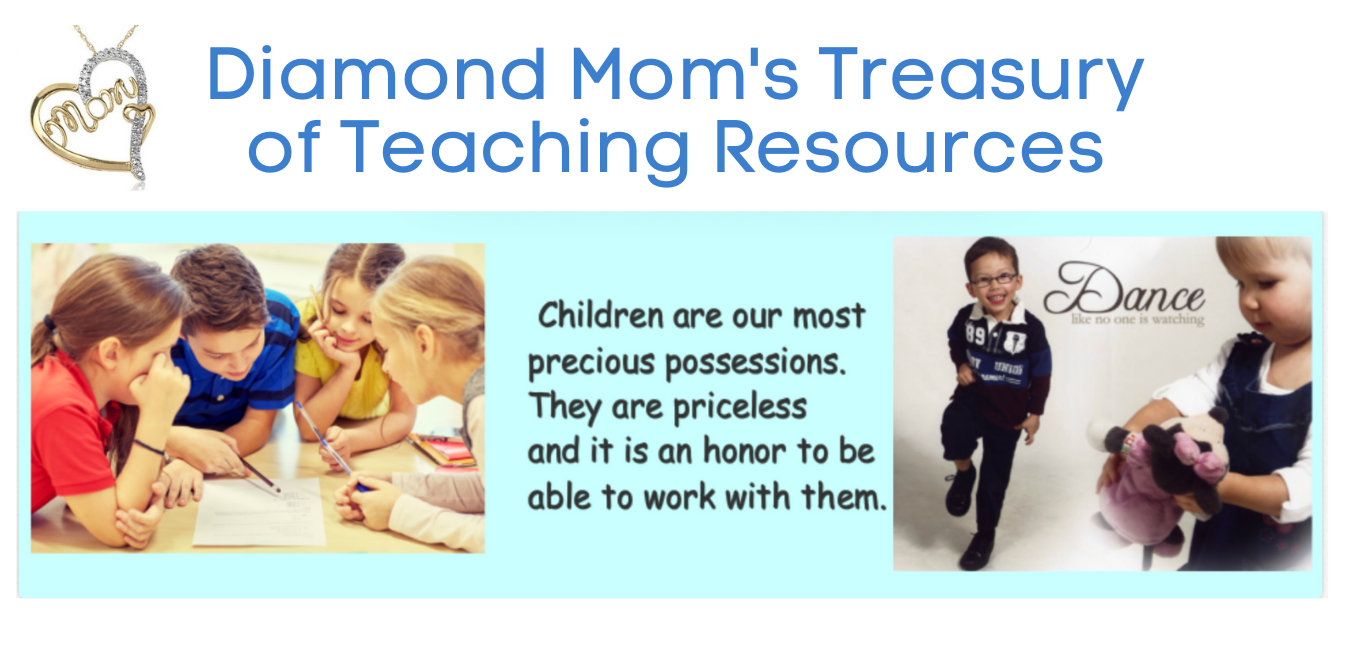
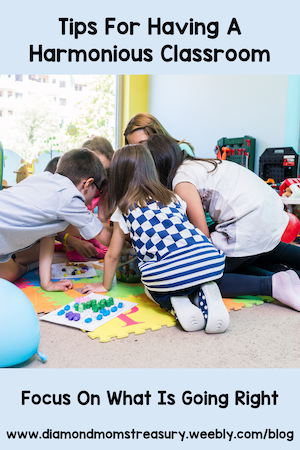
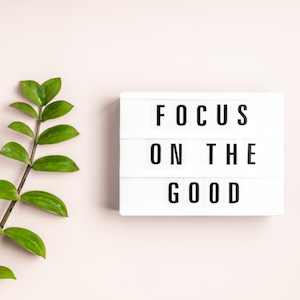
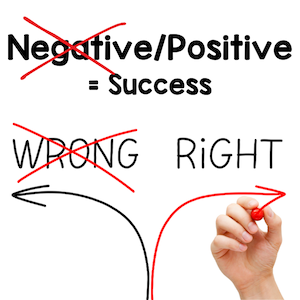
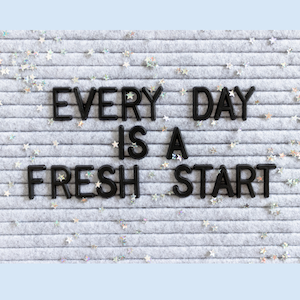
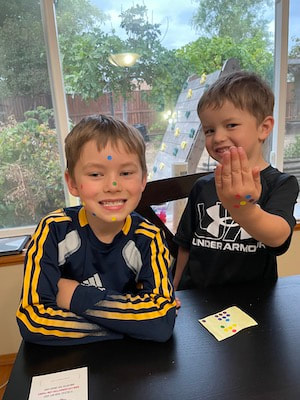
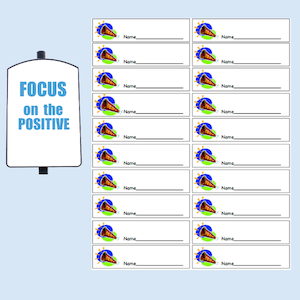

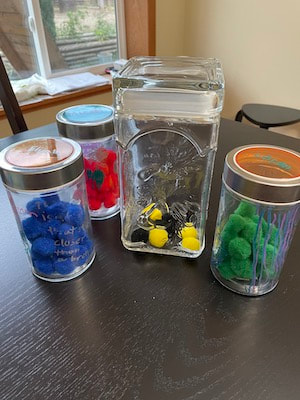
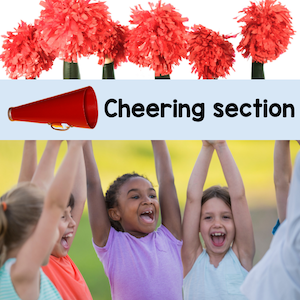
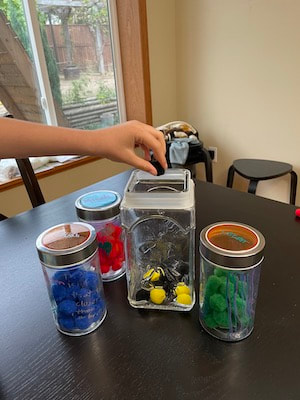
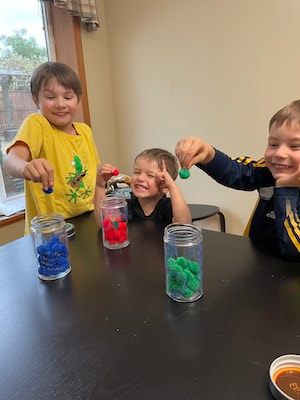
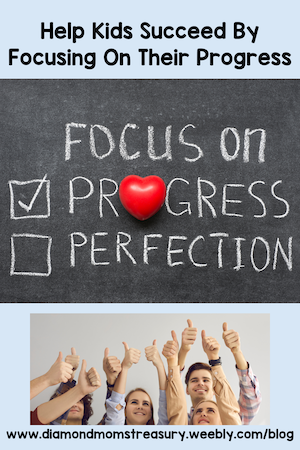

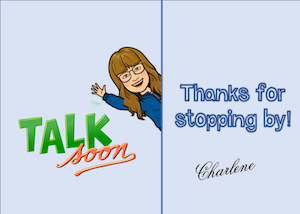
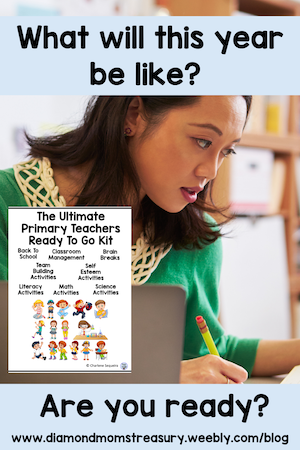
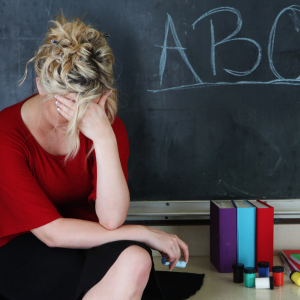
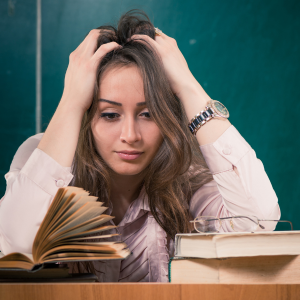
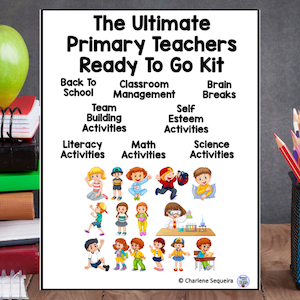
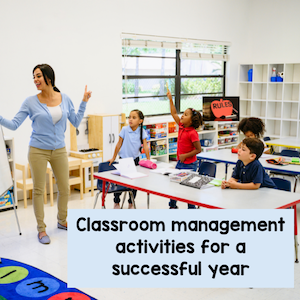
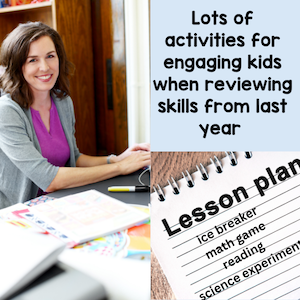
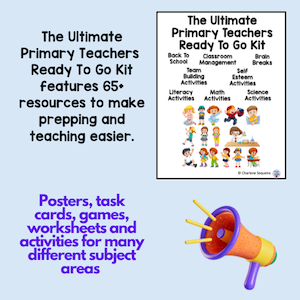
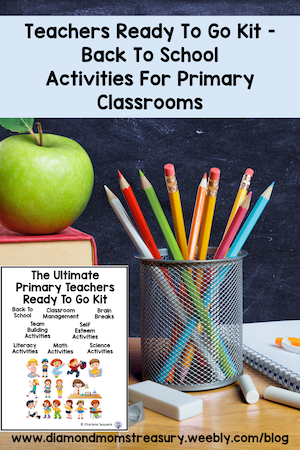
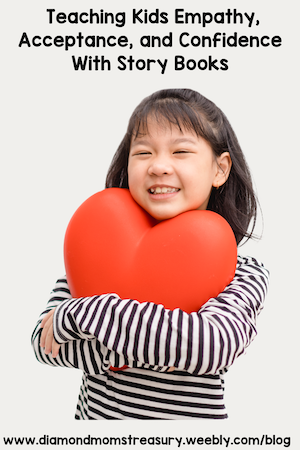
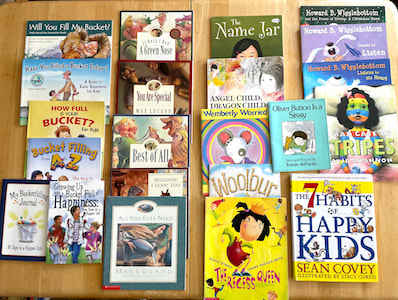
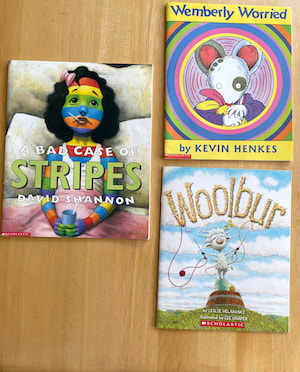
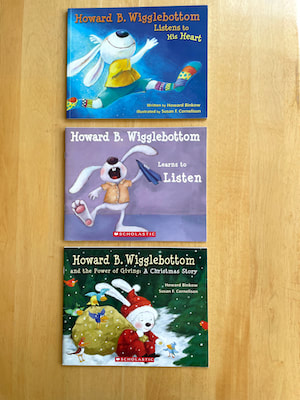
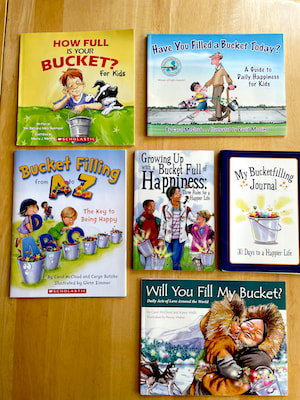
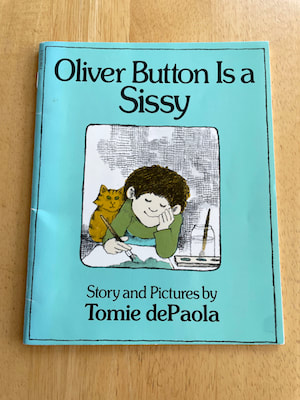
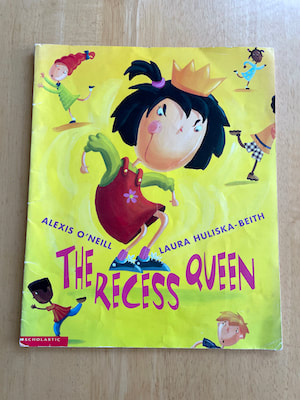
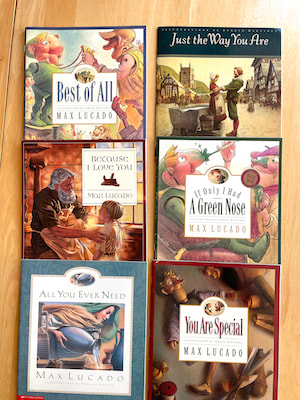
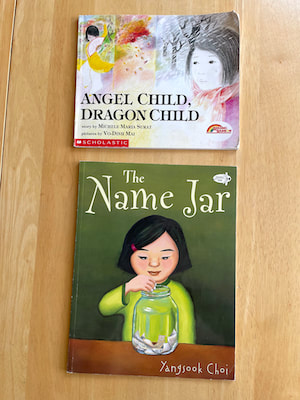
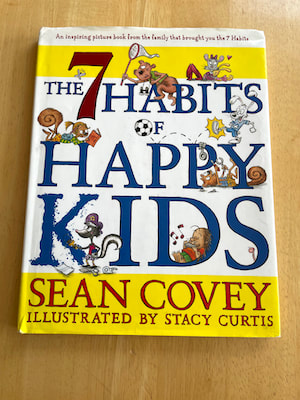
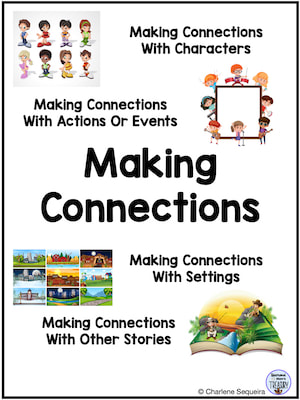
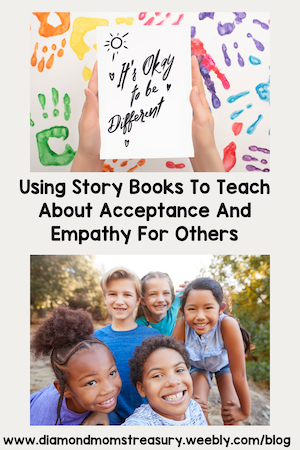
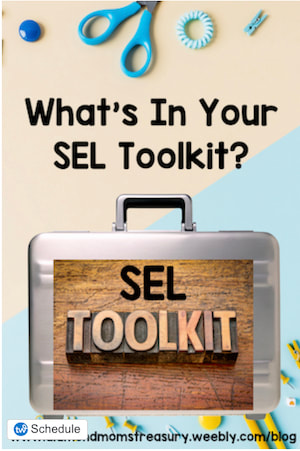
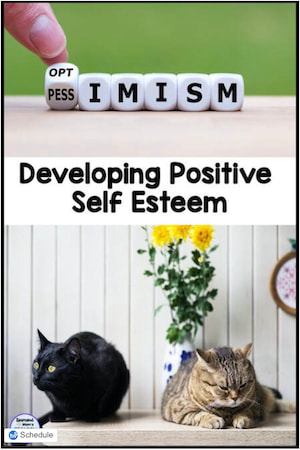
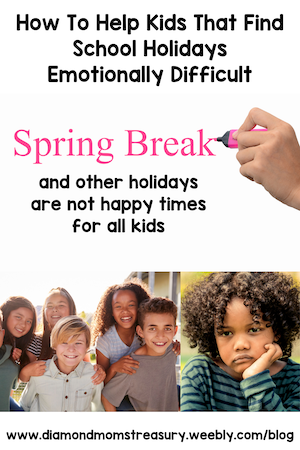
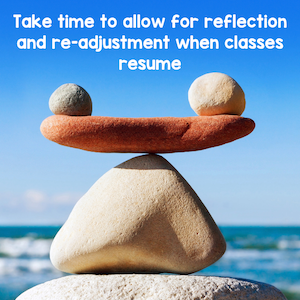
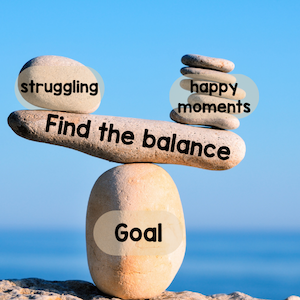
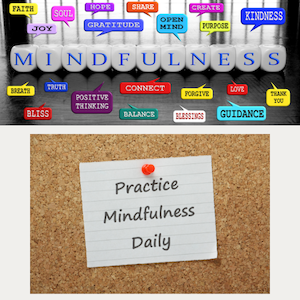
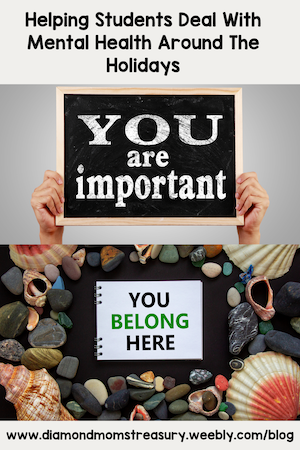

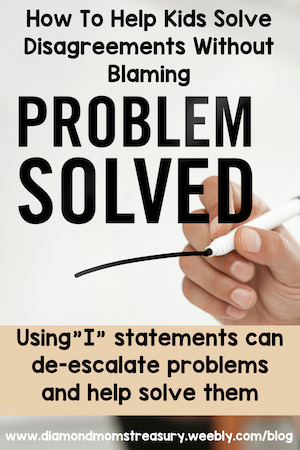
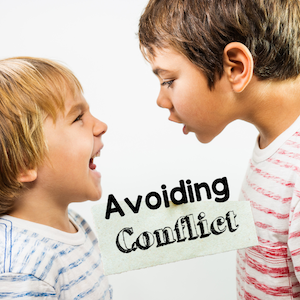
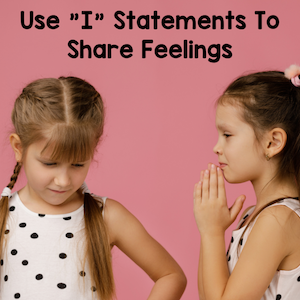
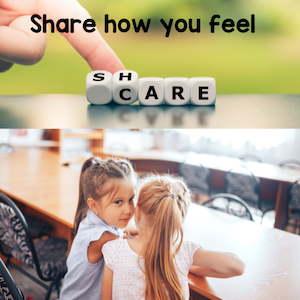
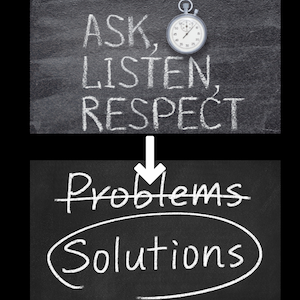
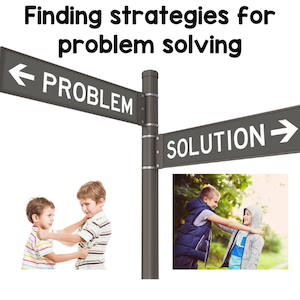
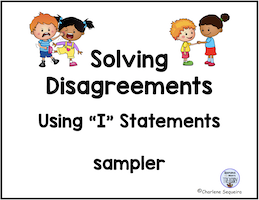
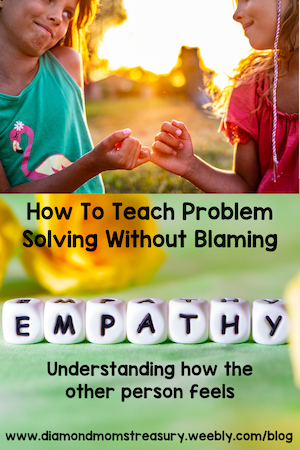

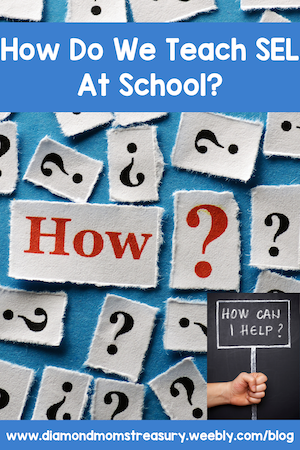
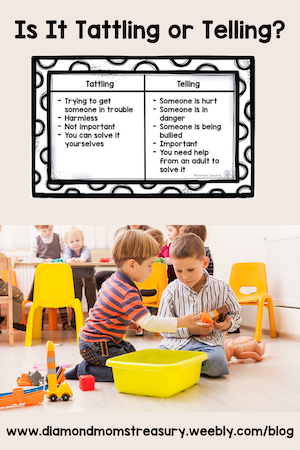
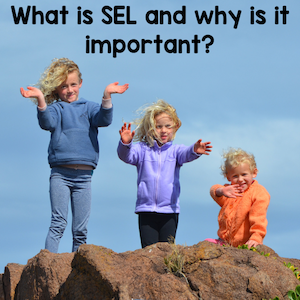
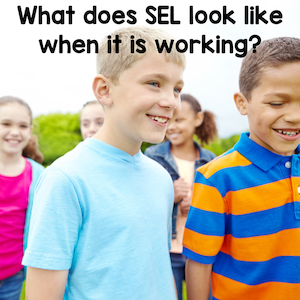
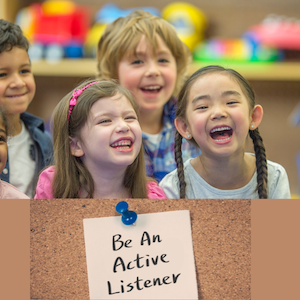
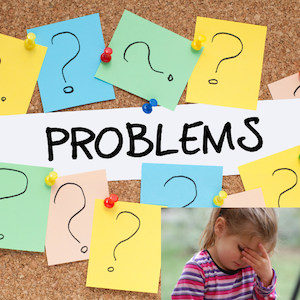
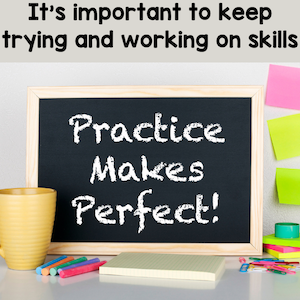
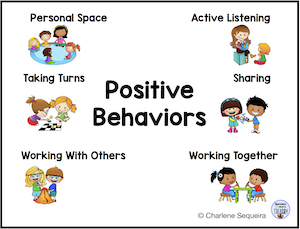
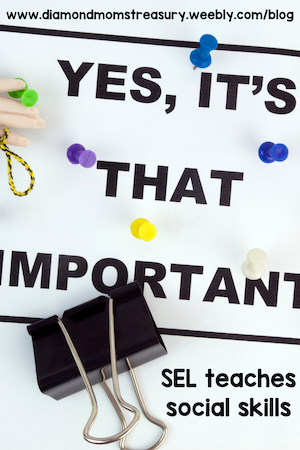

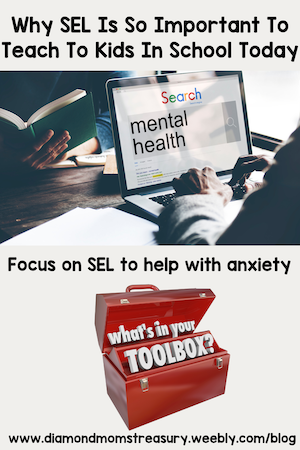
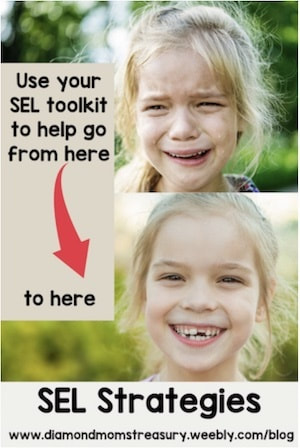
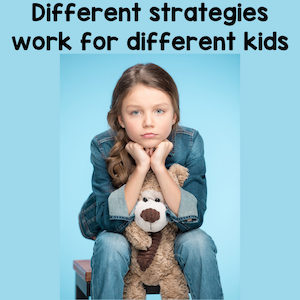
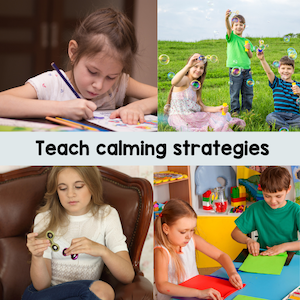
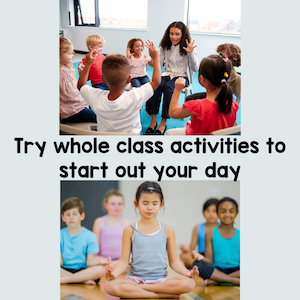
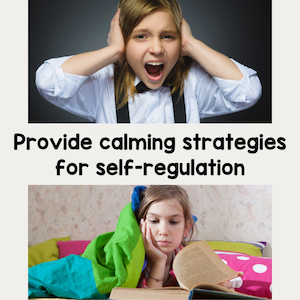
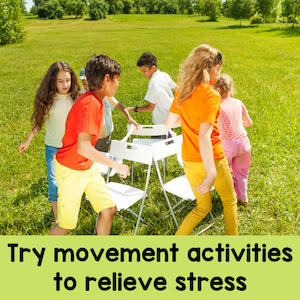
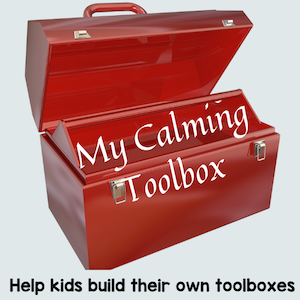
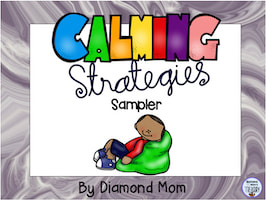
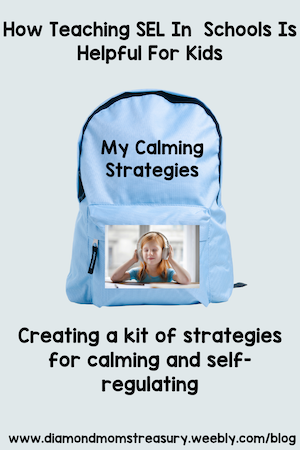

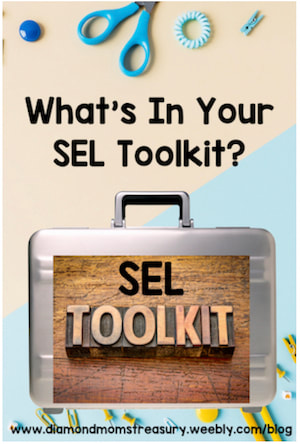
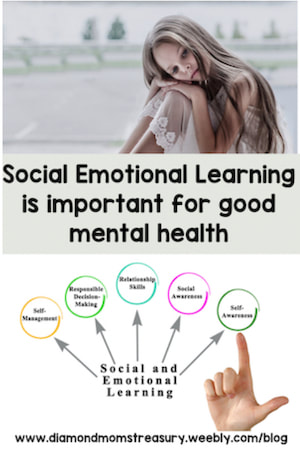
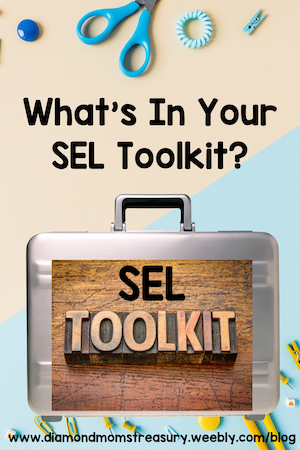
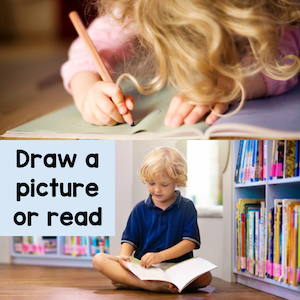
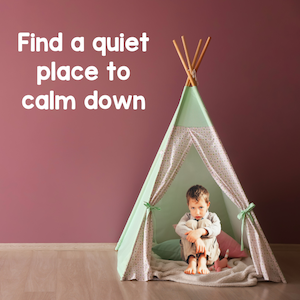
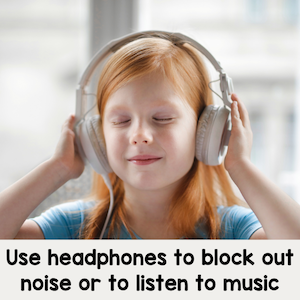
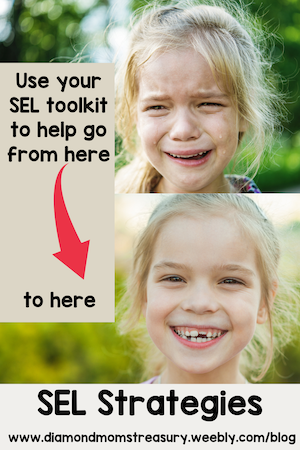

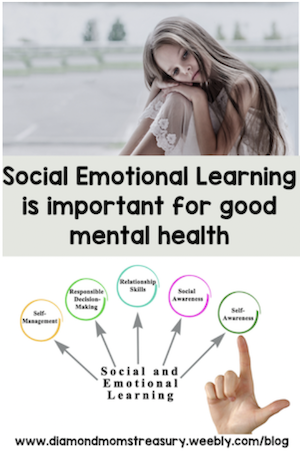
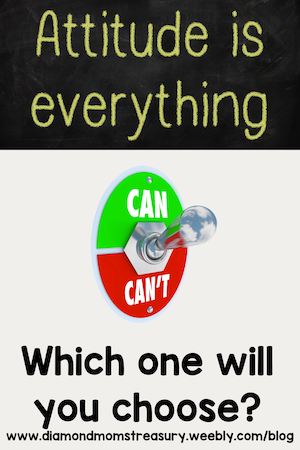
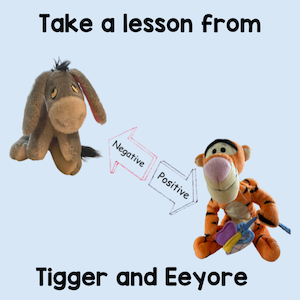
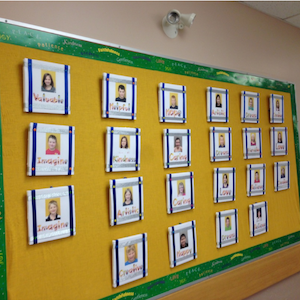
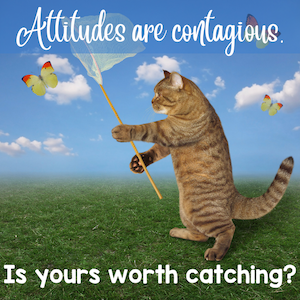
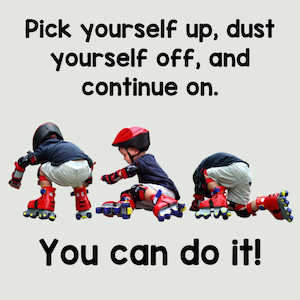
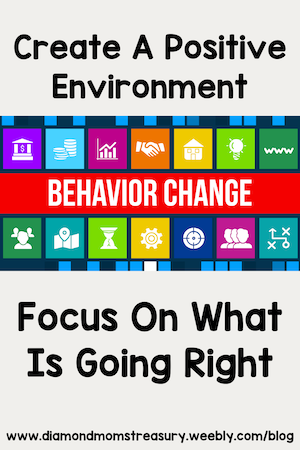
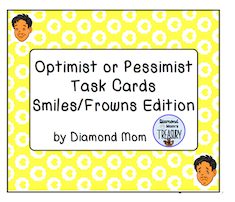

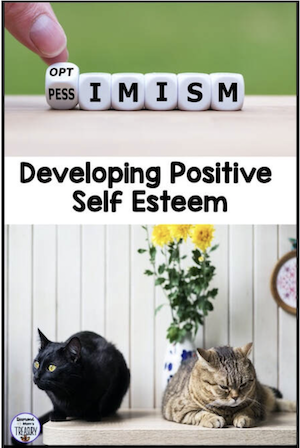
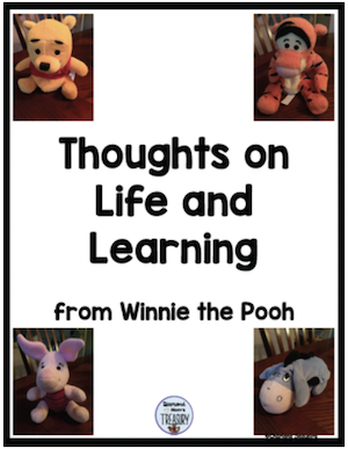
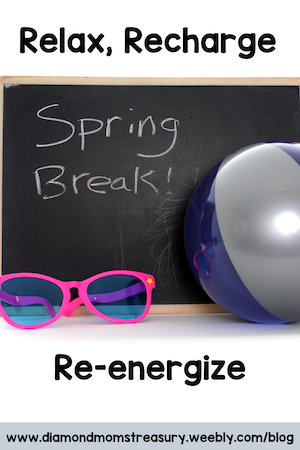
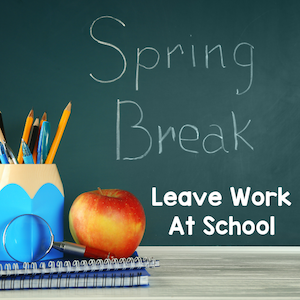

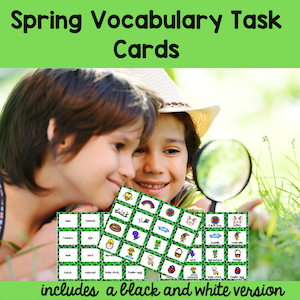
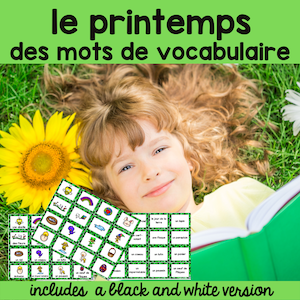
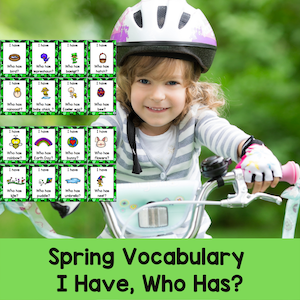
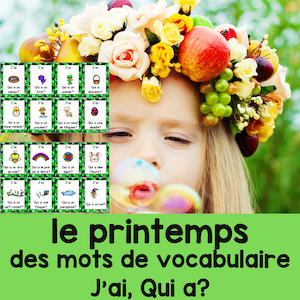
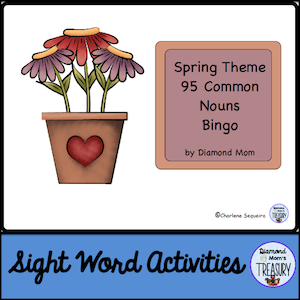
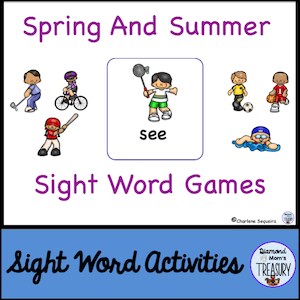
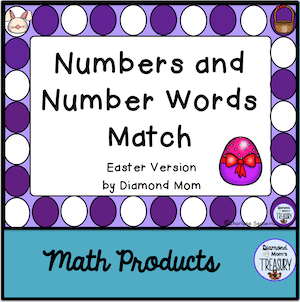
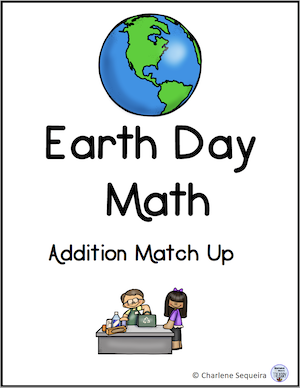
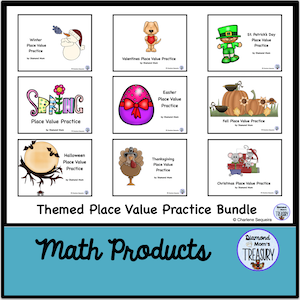
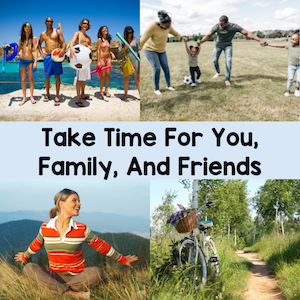
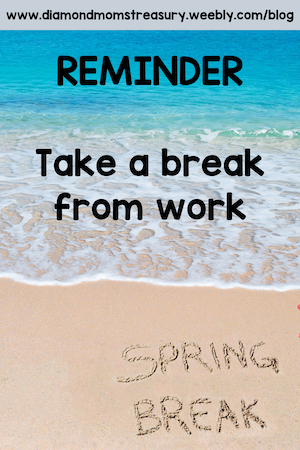




 RSS Feed
RSS Feed